Emergence of Local Startups
The mobile application market in the GCC is being invigorated by the emergence of local startups that are innovating and catering to regional needs. These startups are leveraging the unique cultural and economic landscape of the GCC to develop applications that resonate with local users. As of November 2025, the number of tech startups in the region has increased by over 30% in the past year, indicating a vibrant entrepreneurial ecosystem. These startups are focusing on various sectors, including health, education, and entertainment, thereby diversifying the mobile application market. The support from local governments and investment initiatives further encourages this trend, fostering an environment conducive to innovation. This emergence of local startups is likely to enhance competition and drive the development of unique applications tailored to the preferences of GCC consumers.
Rising Smartphone Penetration
The mobile application market in the GCC is experiencing a notable surge due to the increasing penetration of smartphones. As of 2025, smartphone adoption rates in the region have reached approximately 90%, facilitating greater access to mobile applications. This trend is particularly pronounced among younger demographics, who are more inclined to utilize mobile apps for various purposes, including social networking, entertainment, and e-commerce. The proliferation of affordable smartphones has also contributed to this growth, enabling a broader audience to engage with mobile applications. Consequently, developers are focusing on creating user-friendly and innovative applications tailored to the preferences of this expanding user base. This rising smartphone penetration is likely to drive demand for diverse applications, thereby enhancing the overall mobile application market in the GCC.
Increased Internet Connectivity
The mobile application market in the GCC is significantly influenced by the rapid expansion of internet connectivity. As of November 2025, internet penetration in the region stands at around 99%, with high-speed broadband and mobile data services becoming increasingly accessible. This widespread connectivity enables users to download and utilize mobile applications seamlessly, fostering a culture of app usage across various sectors. The availability of 4G and 5G networks has further enhanced the user experience, allowing for faster loading times and improved functionality. As a result, businesses are increasingly investing in mobile applications to reach their customers effectively. This trend indicates a robust growth trajectory for the mobile application market, as more users engage with apps for shopping, communication, and entertainment.
Shift Towards Subscription-Based Models
The mobile application market in the GCC is experiencing a shift towards subscription-based models, reflecting changing consumer preferences. As of November 2025, approximately 40% of mobile applications in the region are adopting subscription pricing strategies, allowing users to access premium features and content. This model is particularly appealing to consumers who prefer flexibility and value in their app usage. The rise of subscription services is evident in various sectors, including entertainment, fitness, and productivity applications. This trend not only provides developers with a steady revenue stream but also encourages continuous updates and improvements to applications. As more users become accustomed to subscription-based services, this shift is likely to further influence the mobile application market, driving innovation and enhancing user engagement.
Growing Demand for Mobile Payment Solutions
The mobile application market in the GCC is witnessing a substantial increase in demand for mobile payment solutions. With the rise of e-commerce and digital transactions, consumers are increasingly seeking convenient and secure payment methods through mobile applications. As of 2025, mobile payment transactions in the region are projected to exceed $20 billion, reflecting a growing preference for cashless transactions. This shift is driven by factors such as the increasing adoption of digital wallets and contactless payment options. Consequently, businesses are prioritizing the development of mobile applications that integrate secure payment gateways, enhancing user trust and satisfaction. This growing demand for mobile payment solutions is likely to propel the mobile application market further, as more consumers embrace digital financial services.


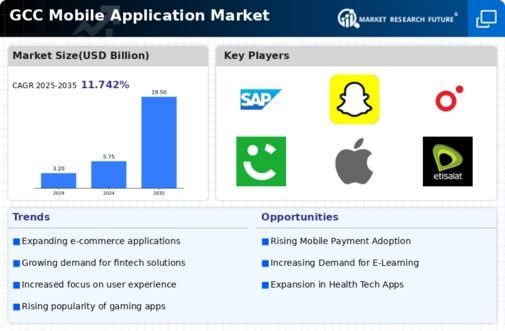
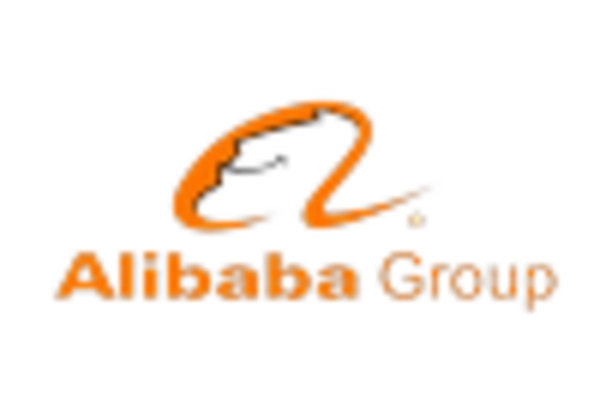
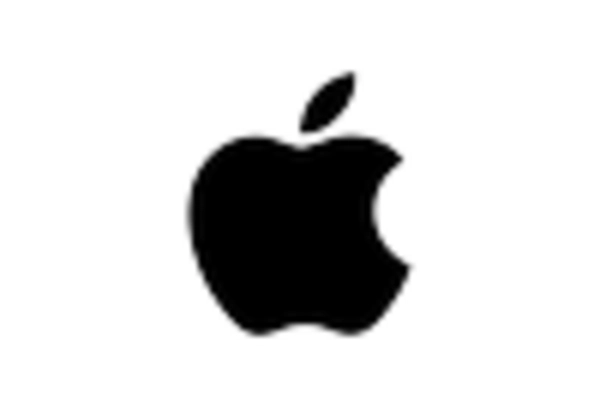
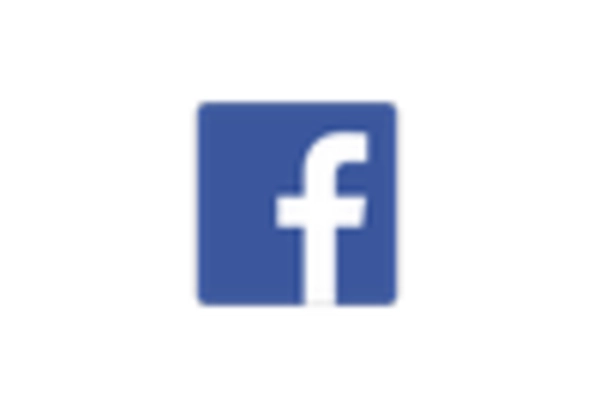
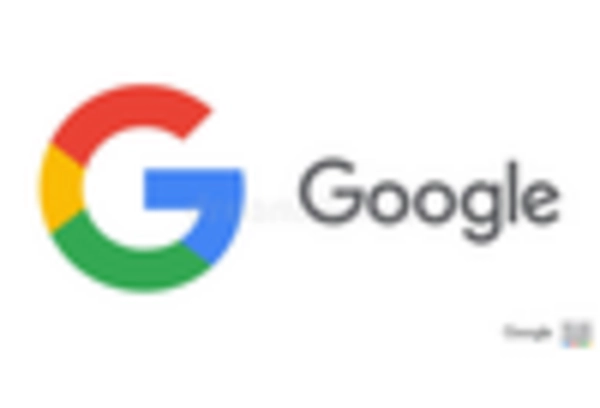
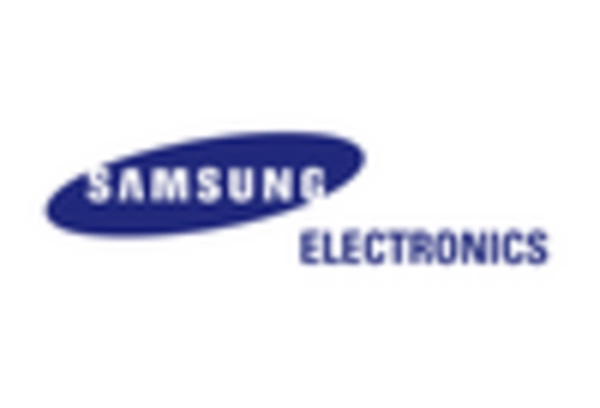
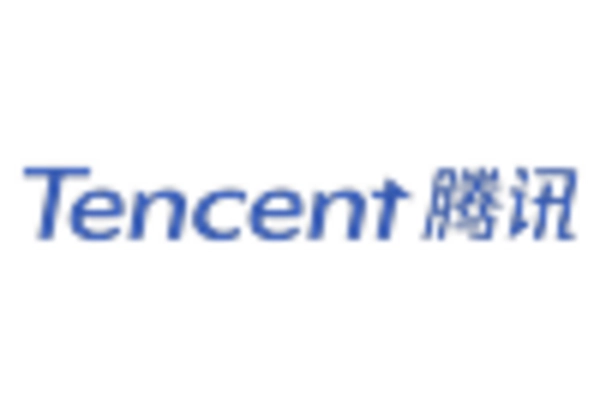








Leave a Comment